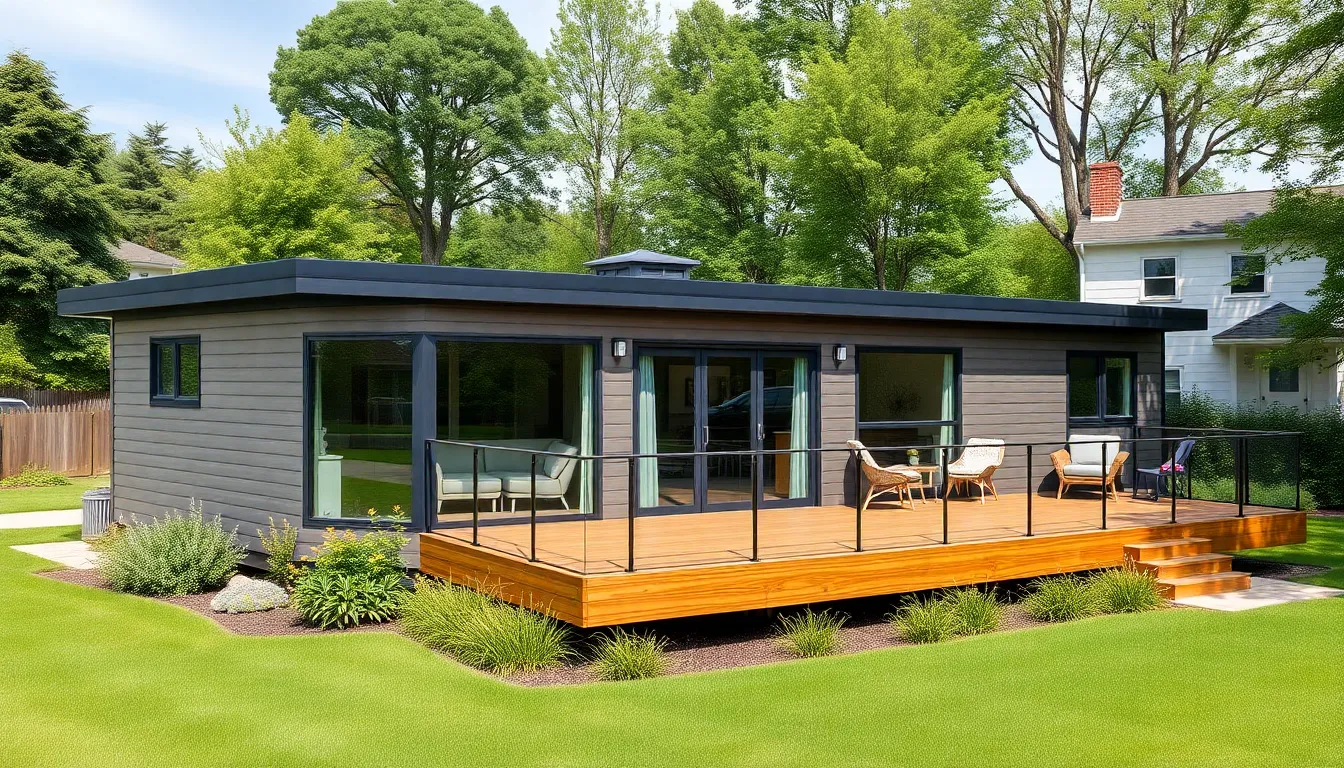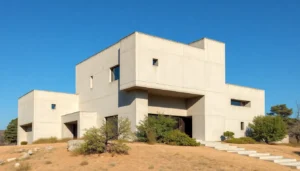Modular homes are revolutionizing the way people think about housing. These innovative structures are built in sections or modules in a factory, then transported and assembled on-site, offering a blend of efficiency and customization that traditional homes often lack. With rising construction costs and a growing demand for sustainable living, modular homes present an appealing solution for future homeowners.
The appeal of modular homes extends beyond their affordability. They offer flexibility in design and can be tailored to fit various lifestyles and preferences. As homeowners increasingly seek eco-friendly options, modular construction techniques often incorporate sustainable materials and energy-efficient systems. This shift not only benefits the environment but also enhances the overall living experience.
What Are Modular Homes?
Modular homes are prefabricated structures built in sections, or modules, within a factory setting. These homes are transported to the site for assembly, offering a streamlined and efficient approach to construction.
Definition and Concept
Modular homes refer to residential buildings constructed off-site in controlled environments. Each module comprises complete sections of a home, such as walls, floors, and roofs, and meets the same building codes and standards as traditional homes. After transport, modules are assembled on the foundation, significantly reducing construction time compared to conventional methods.
Types of Modular Homes
- Single-Section Homes: Single-section modular homes consist of one large module. They’re commonly used for smaller living spaces and typically fit into standard residential lots.
- Multi-Section Homes: Multi-section modular homes comprise two or more connected modules. They provide greater space and are suitable for families seeking larger living areas with increased design options.
- Custom Modular Homes: Custom modular homes allow homeowners to choose layouts, materials, and features tailored to their needs. They offer flexibility while maintaining the efficiency of modular construction.
- Eco-Friendly Modular Homes: Eco-friendly modular homes incorporate sustainable materials and energy-efficient systems. These homes focus on reducing environmental impact while providing modern living standards.
- Luxury Modular Homes: Luxury modular homes offer high-end finishes and design elements, targeting homeowners seeking upscale living. They combine modular efficiency with advanced architectural styles.
Benefits of Modular Homes

Modular homes offer several advantages that enhance their appeal to homeowners. These benefits include cost-effectiveness, energy efficiency, and customization options.
Cost-Effectiveness
Cost-effective housing solutions often emerge from modular home construction. Factory construction minimizes waste, leading to lower overall building costs. Homeowners frequently experience savings in labor, as assembly is faster than traditional builds. According to the National Association of Home Builders, buyers can save between 10% to 20% compared to conventional homes. Additionally, reduced financing periods further decrease costs.
Energy Efficiency
Energy efficiency characterizes many modular homes. Builders commonly integrate eco-friendly materials and advanced technologies during construction. Many modular homes incorporate energy-efficient systems, such as solar panels and high-performance insulation. According to the U.S. Department of Energy, these homes often result in energy savings of 20% to 50% compared to standard homes. Enhanced sustainability not only lowers utility bills but also supports environmental goals.
Customization Options
Customization options significantly enhance modular homes. Homeowners can tailor layouts, finishes, and features to meet specific needs. Builders frequently offer a range of floor plans and design elements, ensuring a personalized living space. From kitchen upgrades to bathroom selections, choices abound. This flexibility allows families to create homes that reflect their style and functionality, addressing diverse tastes and requirements.
The Building Process
The building process of modular homes involves two main phases: design and construction. Each phase plays a critical role in ensuring the final structure meets homeowner specifications and adheres to industry standards.
Design Phase
The design phase encompasses architectural planning and structural engineering. Teams collaborate with homeowners to create tailored layouts reflecting specific preferences. Architects use software tools for precise modeling, allowing clients to visualize the end product. Compliance with local building codes and regulations also ensures safety and legality throughout the design.
Homeowners can select materials, finishes, and energy-efficient systems during this phase, promoting customization. Custom features might include energy-efficient windows, sustainable materials, and smart home technology integration. As a result, this collaborative design process creates a personalized living space that aligns with modern environmental standards.
Construction Phase
The construction phase occurs in a factory setting, where trained workers assemble modular sections under controlled conditions. This method enhances quality control and reduces weather-related delays. Each module receives rigorous inspections, ensuring compliance with safety regulations and building codes.
Once completed, modules are transported to the building site for assembly. Specialized equipment facilitates the efficient placement of sections, drastically reducing on-site construction time compared to traditional methods. Homeowners often see their new homes ready for occupancy within weeks rather than months.
Overall, the modular home building process emphasizes efficiency, quality, and customization, offering a streamlined alternative to conventional construction.
Common Misconceptions
Modular homes often face several misconceptions that can mislead potential buyers. Understanding these myths helps clarify the reality of modular housing.
Quality Concerns
Many believe modular homes lack quality compared to traditional constructions. This notion stems from outdated views of factory-built homes. Modular homes undergo stringent quality control processes, adhering to the same building codes as site-built homes. Each module is inspected during construction to ensure durability and safety. Moreover, modern materials and construction techniques enhance structural integrity and longevity, offering equal or improved quality compared to traditional builds. Reports indicate that modular homes frequently meet or exceed energy efficiency standards, further countering quality doubts.
Financing Myths
Another misconception revolves around financing options for modular homes. Some individuals think that lenders are hesitant to finance these homes. In reality, many financial institutions offer loans specifically for modular homes, similar to conventional mortgages. Homebuyers can access various financing solutions, including FHA, VA, and USDA loans, which accommodate modular homes. Interest rates and down payment requirements often mirror those of traditional homes. Increased popularity of modular housing has prompted lenders to become more familiar with the market, making financing accessible and straightforward for prospective homeowners.
Modular homes represent a significant shift in how people approach homeownership. With their blend of affordability flexibility and sustainability they cater to a wide range of needs and lifestyles. As the housing market continues to evolve the appeal of these innovative structures only grows stronger.
Homeowners can enjoy the benefits of energy efficiency and customization while embracing a more sustainable lifestyle. The misconceptions surrounding modular homes are fading as more people recognize their quality and financing options.
For those seeking a modern housing solution modular homes offer a compelling choice that balances practicality with personal expression.





